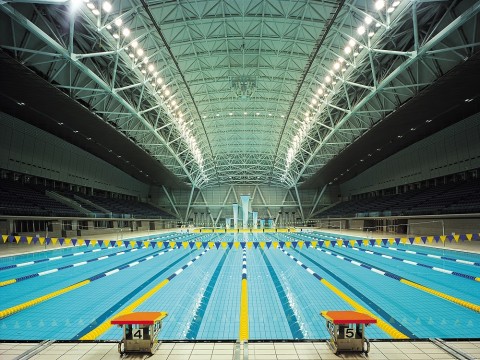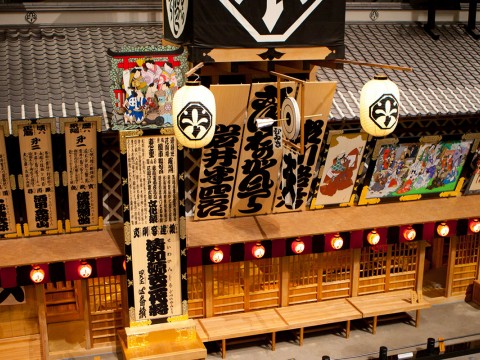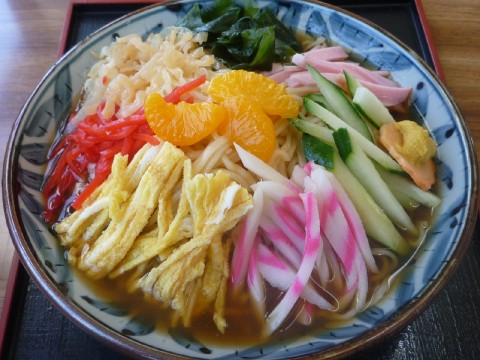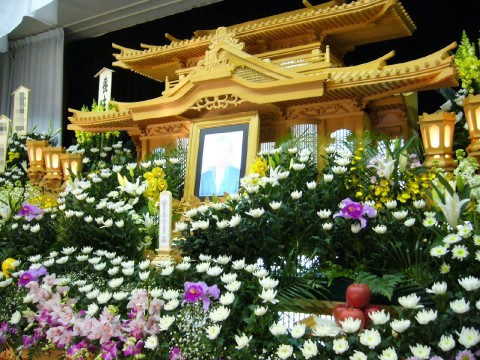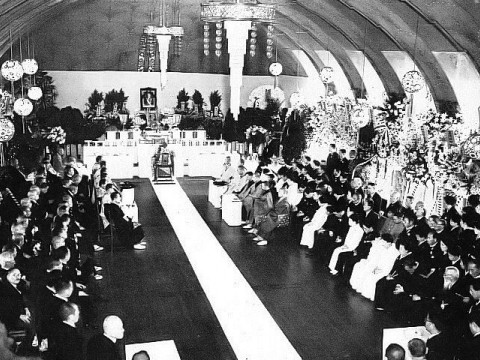A Pepper By Any Other Name Would Taste As Sweet
The difference between Japanese peppers
Someone asked me a question recently; one, that if you’ve lived in Japan long enough, have surely asked yourself: “Why do the Japanese call green bell peppers ‘piman’ and the red and yellow and orange ones ‘papurika’?”
For me, answer the question was confusing on a few levels, seeing as how I, hailing form the U.K., call green bell peppers ‘capsicums’ and have always considered paprika a spice made from dried chilis – not the fruit itself.
Fortunately, I knew the answer anyway and could readily help. Here goes: the different names are simply historical indicators as to when each type of pepper was first introduced to Japan.
Green bell peppers came from the United States during the early Meiji Era (1868-1912) and were eventually given the name ‘piman’, derived from the French word ‘piment’ — which actually means chili pepper rather than sweet pepper (known as “poivron” in French). Many posit because French cuisine was in vogue and influential at the time.
However, ‘piman’ weren't widely seen on dinner tables until after World War II. It wasn’t until the mid- to late 1960s that they were considered an everyday edible. How amazing then, how quickly and for how long they’ve designated the food that Japanese children hate most!
Red and yellow and orange peppers, which are all just ripe versions of the green bell pepper, were introduced to Japan much later. More than a few people in Japan mistakenly believed (and still do) that they’re another fruit altogether. The reason why they’re called ‘papurika’ and not `piman’ is that in the early 1990s, importation rules for fresh produce changed, and the Netherlands started exporting fruit and vegetables to Japan. Bell peppers are called ‘paprika’ in Dutch, so that was the name adopted – no doubt to also differentiate them from those yucky (at least kids will tell you) green peppers.
Both 'piman' and 'papurika' are among the hundreds and hundreds of 'goraigo' (foreign loan words) that the Japanese language has assimilated. Learning the history of these words is not only fun, but can help you learn and better master the language. I invite and encourage you to suss out the meanings to as many as you can!

Former Deep Japan Writer
United Kingdom




